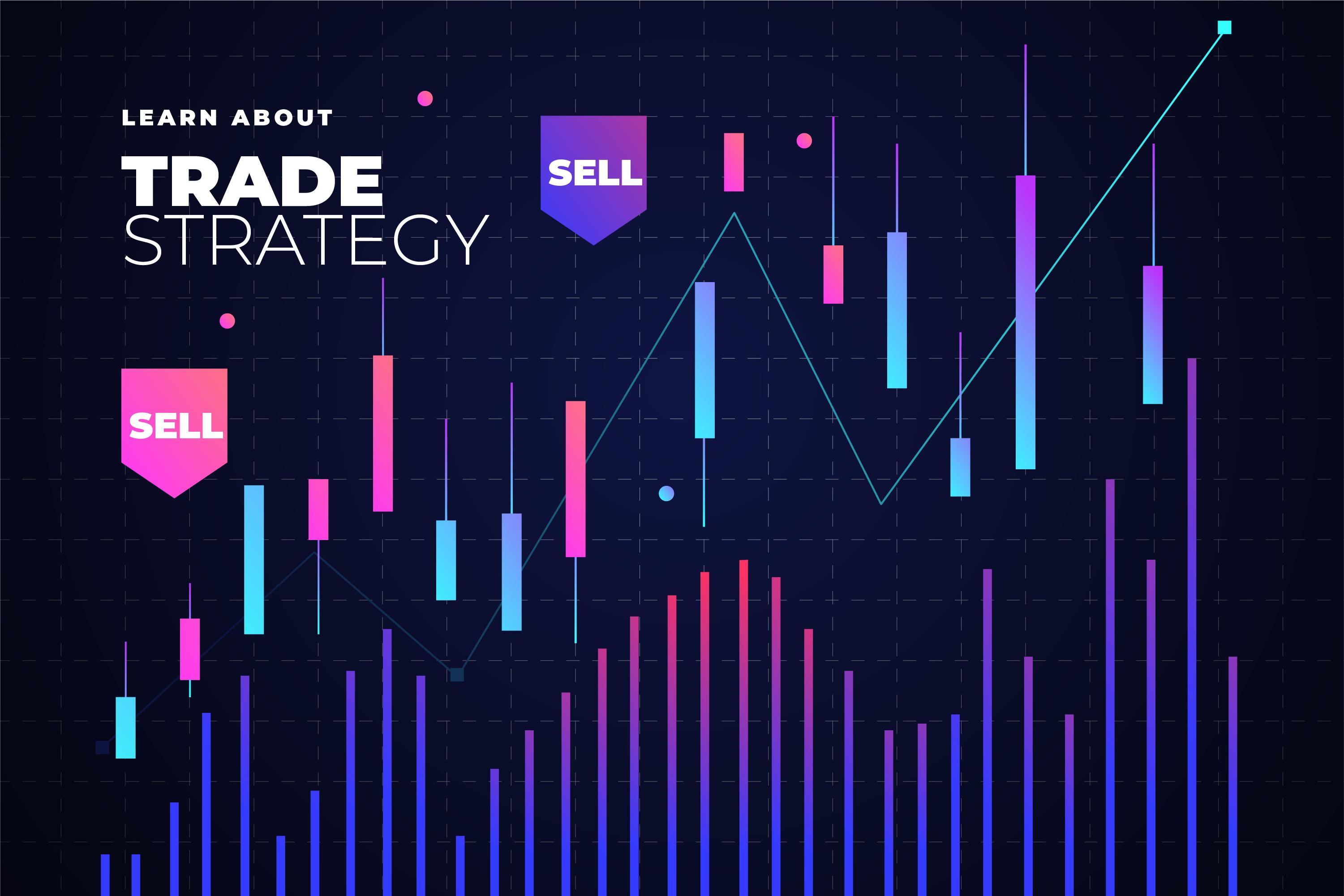Understanding Spreads: A Critical Factor in Prop Trading Success

In the dynamic world of prop trading. Understanding and managing spreads is crucial for trading success. As HIVE PT continues to establish itself as a leading prop trading firm. We recognize the fundamental importance of spreads in traders. On daily operations and overall profitability.
Spreads, which represent the difference between the bid and ask price of a financial instrument. Vital role in determining trading costs and potential profits. For prop traders, even small changes in spread can hurt profits. This is especially true for high-frequency traders and scalpers.
Spreads in trading markets are complex. They have many facets. In high liquidity periods, like major market sessions, spreads tighten. This benefits traders as it improves their execution of strategies. During off-peak hours or major news events, spreads may widen. This can increase trading costs and hurt strategies. For tips on adjusting to changing markets, see our blog: adapting to changing market conditions as a prop trader.
At HIVE PT, we know that prop trading needs more than skill and strategy. It requires optimal trading conditions, too. That's why we focus on providing competitive spreads. Across our range of trading instruments. Our advanced trading system gives our traders access to top-tier liquidity. They benefit from fast, reliable execution. To develop trading plans that factor in spreads and costs, see developing a profitable trading plan.
For traders, spread analysis is key when developing strategies. It means knowing the current spread environment. It also means predicting how spreads might change in different markets. Successful traders tweak their position sizes and take-profit levels. They do this based on spread conditions. It keeps their strategies profitable after trading costs. If you're new to spreads, watch our technical analysis essentials videos. They will teach you to interpret market trends.
When considering spreads, risk management is vital. Traders must account for spread costs when calculating profits and losses. They should adapt their strategies during times of high spread volatility. This might mean reducing position sizes during high-spread periods. Or, it could mean trading when spreads are usually tighter. To find ways to manage crypto trading costs and spreads, download our free ebook: Crypto trading and investing.
The link between spreads and market liquidity is vital. Higher liquidity usually leads to tighter spreads. So, many traders focus their activities during major market sessions. However, even in optimal times, spreads can suddenly widen due to market news or unexpected events. This requires traders to be vigilant and adaptable. Stay ahead of key market events that impact spreads using our economic calendar.
HIVE PT's transparency means our traders can access real-time spread info. This helps them make informed trading decisions. We believe that managing spreads isn't just about cutting costs. It's about building a sustainable, profitable trading strategy.
Aspiring and experienced prop traders must master spreads' impact on trading. It's key to their performance. This includes:
Understanding how spreads affect trading strategies.
Recognizing the link between spreads and market conditions.
Knowing how to adjust trading based on spread environments.
In conclusion, spreads remain one of the most critical factors in prop trading success. At HIVE PT, we invest in tech and infrastructure. This gives our traders a competitive edge. It supports their goal of consistent profitability in the markets.
Common FAQs for Understanding Spreads: A Critical Factor in Prop Trading Success
What are spreads in trading?
Spreads are the difference between the bid and ask prices. The bid is what buyers will pay. The ask is what sellers want. Spreads are key in deciding trading costs and profits.
Why are spreads important for prop traders?
Spreads directly affect trading costs. This is especially true for high-frequency or scalping strategies. Managing spreads can boost profits by cutting costs.
How do market conditions impact spreads?
In high-liquidity periods, like major market sessions, spreads tighten. This reduces trading costs. Conversely, during off-peak hours or news events, spreads may widen. This would increase costs.
What tools can help traders monitor spreads effectively?
Tools like our economic calendar for traders. It can help them anticipate market events that might impact spreads. This ensures better risk management.
How can I learn to account for spreads in my trading plan?
Improve your trading skills. Watch our technical analysis essentials videos. Then, download the crypto trading and investing ebook for advanced strategies.